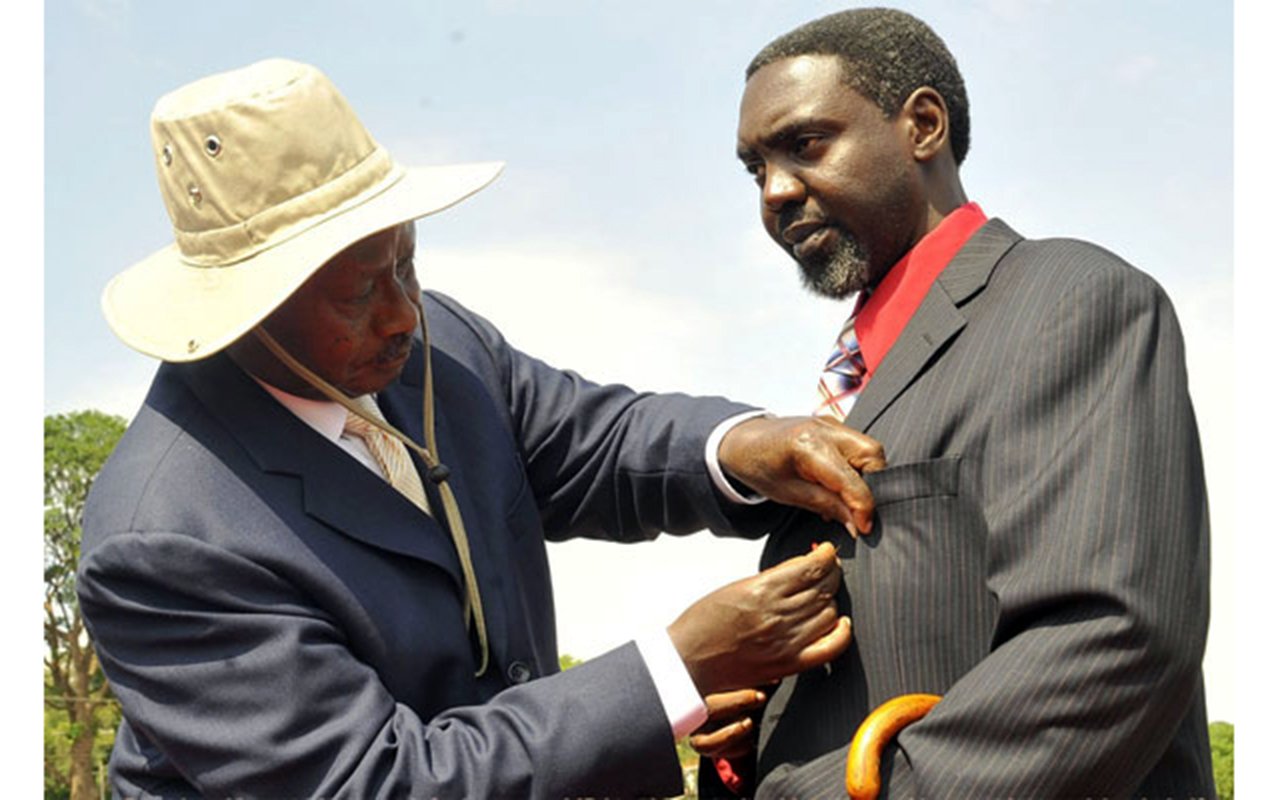Places where next year is not 2020

What you need to know:
New year. As we get ready to welcome the New Year, some people might either be warming up, or waiting for their new year in a couple of days, or months’ time and some are far from ushering in 2020 altogether, writes Promise Twinamukye.
A calendar is a system for naming periods of time, days, months and seasons. Days are known as calendar dates based on the perceived motion of astronomic objects.
It turns out we have different types of calendars, solar, lunisolar, lunar and seasonal.
Thus, you shouldn’t be surprised that as we warm up to the New Year, the rest of the world may not necessarily be on the same page.
The Islamic (lunar) calendar
The Islamic, Muslim, or Hijri calendar is a lunar calendar consisting of 12 lunar months. These months range from 29 to 30 days, meaning each year consists of 354 or 355 days.
It is used to determine the proper days of Islamic holidays and rituals. For instance Ramathan, the holy month of fasting, is the ninth on the calendar. While Dhul-Hijja, in which Muslims perform the holy pilgrimage to Mecca, and observe Eid El-Adhua, is the last month. Call it the Islamic December.
Abdul-Nasser Ssemugabi, a journalist at the Daily Monitor, says the Islamic Calendar depends on the movement of the moon. The beginning of each month is marked by the observance of a new moon seen for the first time. Visibility of the new moon depends on various factors such as weather hence the Islamic Calendar is only an estimate of the future Islamic events.
“That is why no one can be certain on which particular day Ramathan, begins or when Eid El-Fitri will be. It’s always expected in two days depending on the length of the ending month.”
While the Gregorian calendar is welcoming 2020, the Islamic calendar is into the Jumada al-Ula, fifth month of 1441 AD. It dates back to year 622, since Prophet Muhammad [Peace Be Upon Him] fled Mecca to Medina. This journey is called Hijra.
Ethiopian (luni-solar) calendar
This calendar has 13 months. According to Metasebia Dereje, a senior journalist at Ethiopian Broadcasting Corporation, the calendar has 30 days in every month of the year, except the last month Pagumiene, the one of mercy and blessings, which has five days or six days in a leap year.
St Rufael’s Day, the third day of Pagumiene, is very special. It is perceived that the rain on this day is holy and blesses everyone it falls on. That’s why in Ethiopian tradition, it is a great day for dancing in the rain.
“St Rufael is an archangel coming 3rd in rank after St Michael and St Gabriel.” Metasebia says.
The fourth month, which is the same as the Gregorian December, is called “Tahisas” like to mean December. However, as Gregorian world ends 2019 on December 31, the Ethiopians will be counting Tahisas 21, 2012.
Prof Ephraim Isaac, a renowned Ethiopia-born US scholar says the chronology of the Ethiopian church follows the Era of Incarnation that dates from Jesus’ birth; there is a difference of seven or eight years between the Western and Ethiopian systems. Because the Ethiopian Church holds that our Lord was born 5,500 years after the creation of the world. This gives the seven or eight years difference between the Gregorian and Ethiopian Chronologies.
Solar calendar
This is the Gregorian calendar, the most popular in the world. It is named after Pope Gregory XIII, who introduced it in October 1582.
It, however, evolved from the ancient Roman calendar, which passed through the stage of being a luni-solar calendar.
Some centuries later, two more months: January, named for Janus, the two-faced Roman god of gates and doorways, and February, named for the Roman festival of purification, were added between December and March. An occasional 13 month was later inserted into the calendar. It was quite complicated and somewhat inaccurate even by the year 45 B.C.
The current Gregorian calendar comprises 12 months and is currently ending the year 2019. The months January, March, May, July, August, October, and December each have 31 days. April, June, September, and November have 30 days. February has 28 days in ordinary years, which last 365 days, and 29 days in a leap year, which falls once every four years.
Other calendars and when they celebrate the New Year
Chinese, Koreans, Vietnamese, February 8
Sikh, March 14
Iranian, March 20
Indian, April 8
Thai, April 13-15
Burmese, April 13-16
Sri-Lankan, Indian, April 14
Jewish, October 2-4
Indian, October 31
Note: The timing of Hindu and Buddhist New Year celebration can vary considerably from community to community, the reason why Indian and South East Asia appears more than the rest of the calendars.
It’s 2012 in Ethiopia
The Ethiopian calendar is eight years behind the “regular” one. Moreover, it has 13 months in a year. 12 months have 30 days, and the last one is very short, just 5 or 6 days depending on whether it is a leap year or not. Also, their day starts not at midnight but at sunrise. The Ethiopian calendar is based on the ancient calendar of Alexandria.
Like the Coptic calendar, the Ethiopic calendar has 12 months of 30 days plus 5 or 6 epagomenal days, which comprise a thirteenth month. The Ethiopian months begin on the same days as those of the Coptic calendar, but their names are in Ge’ez.


